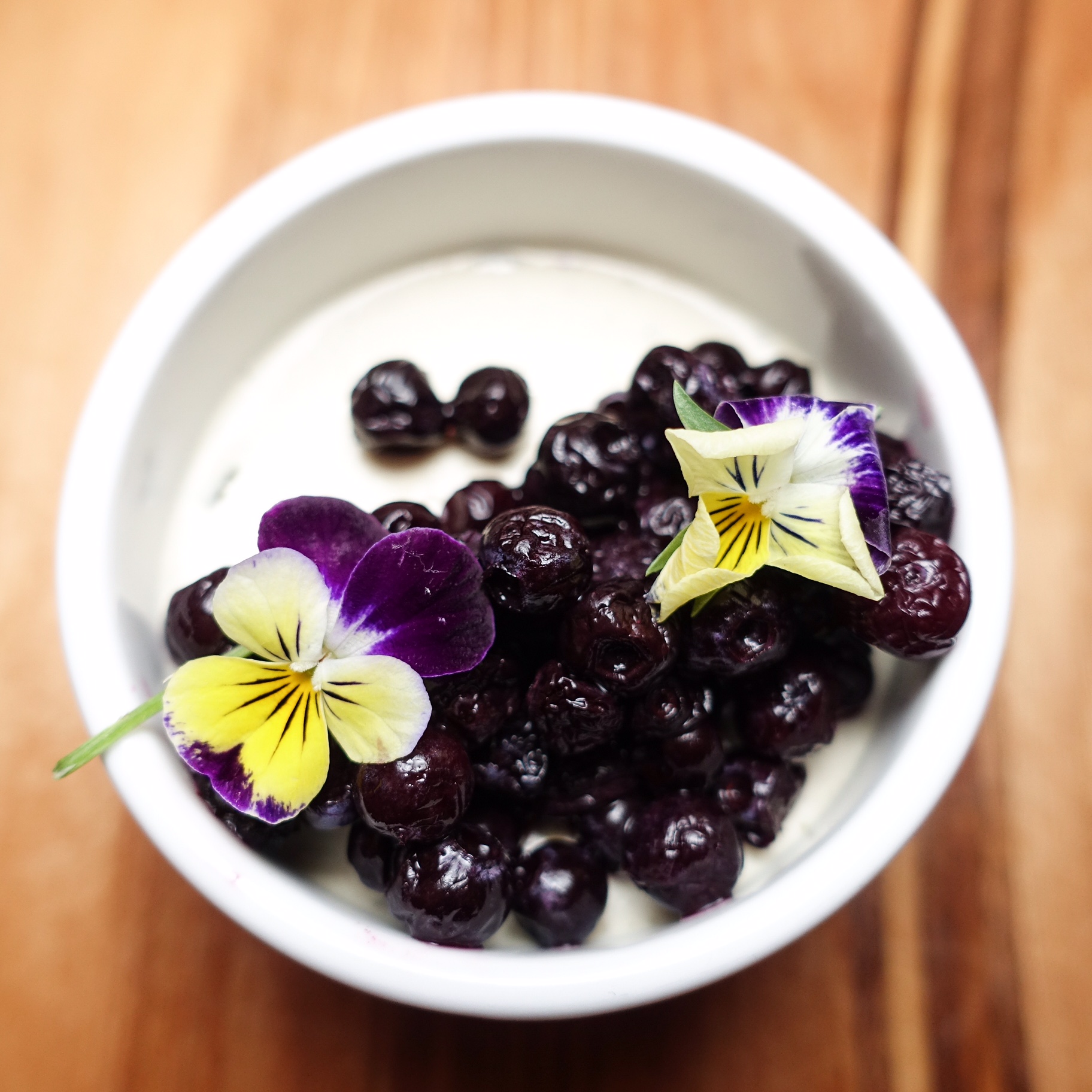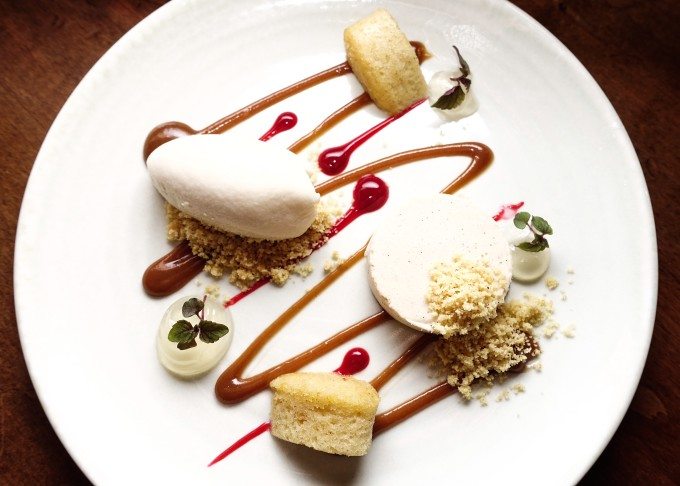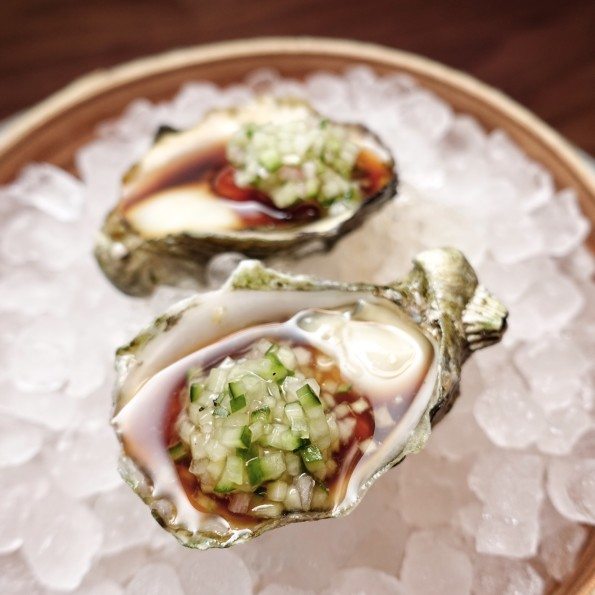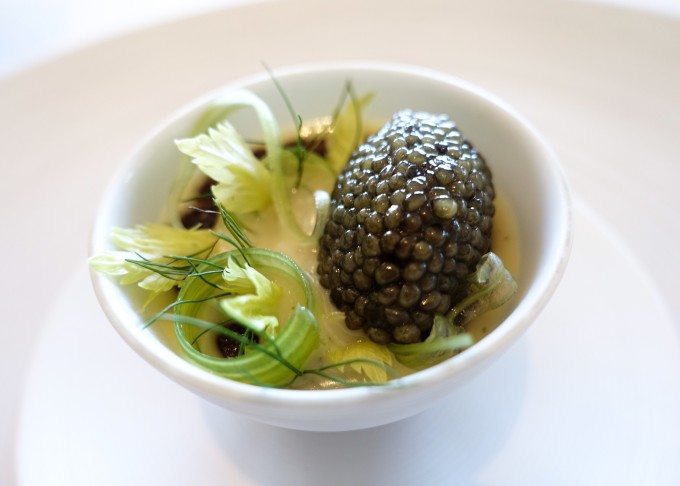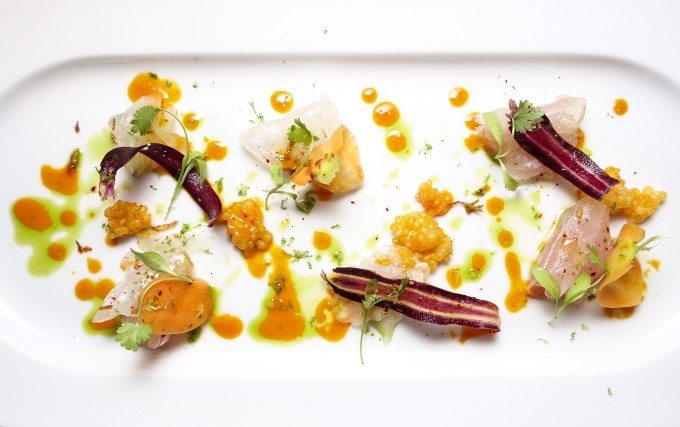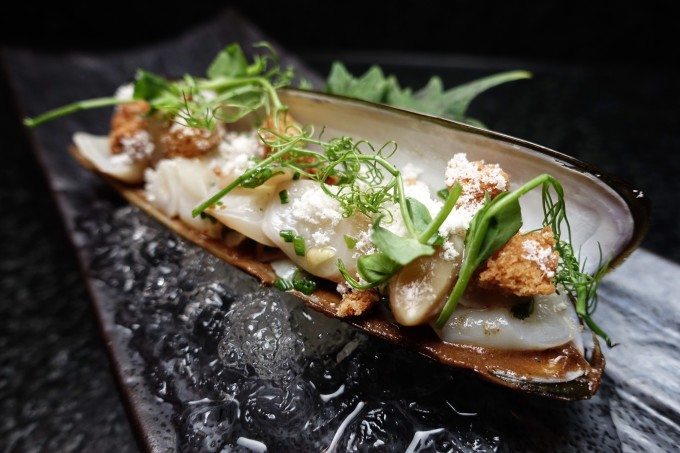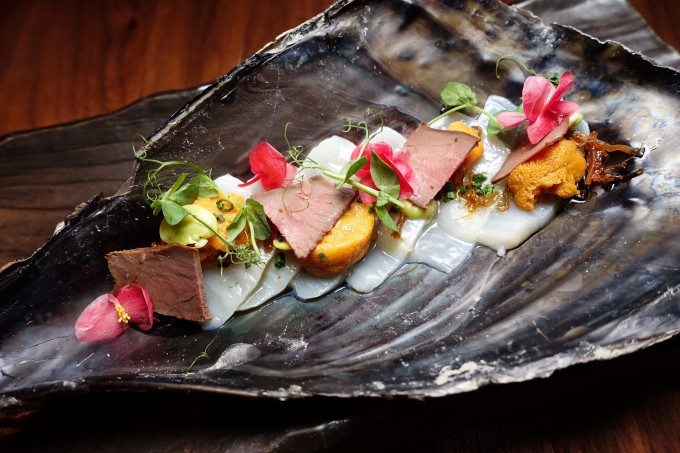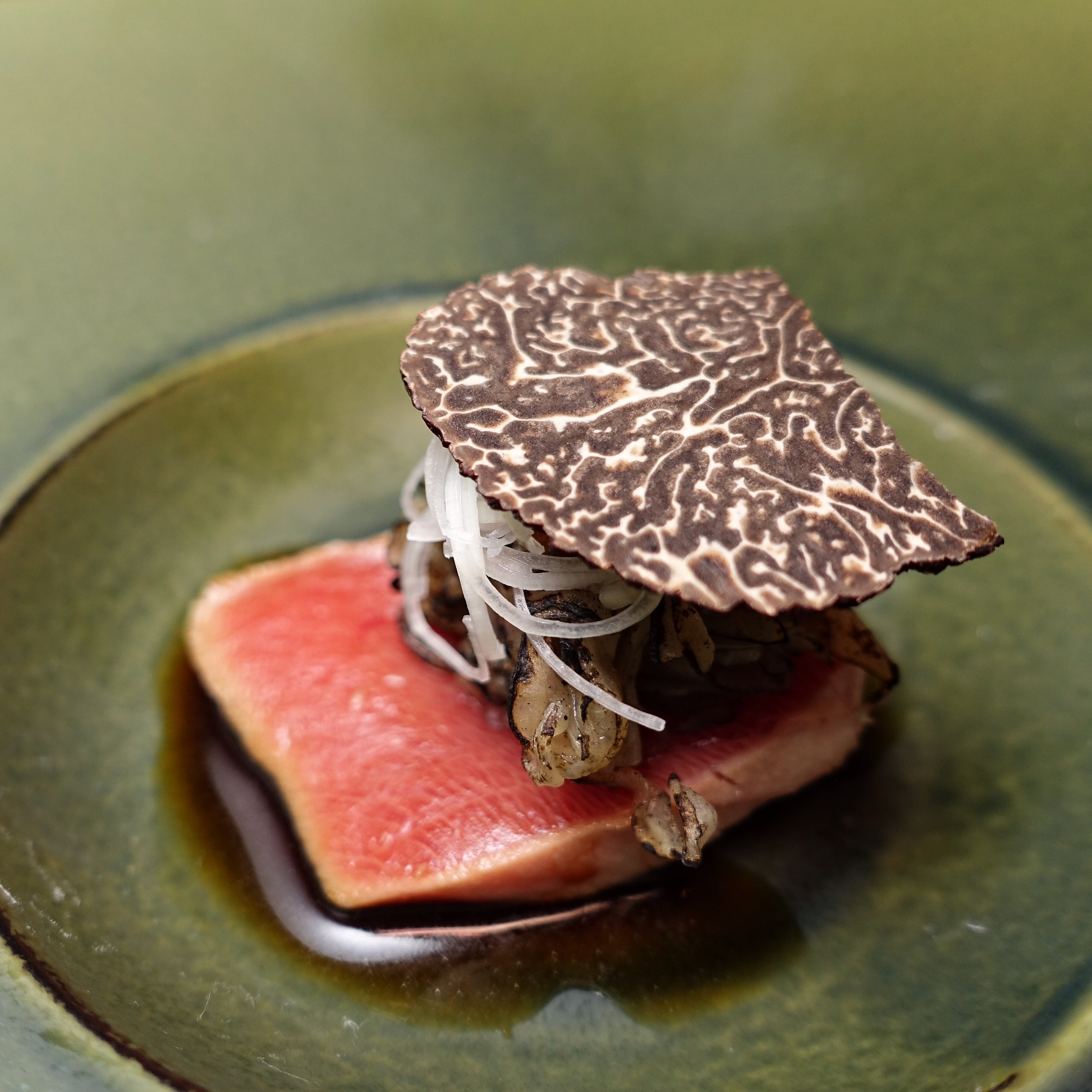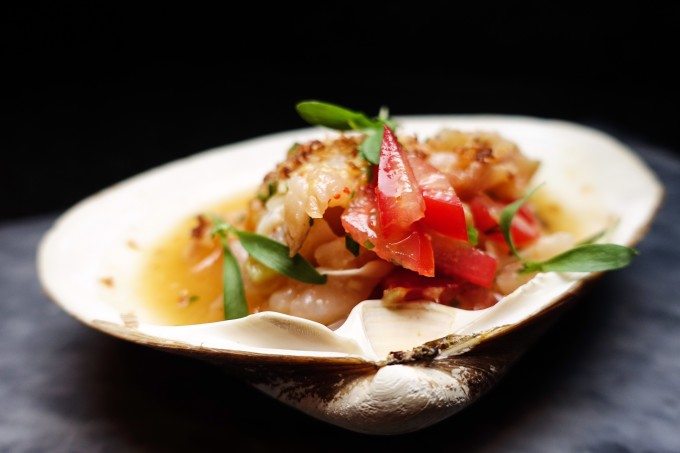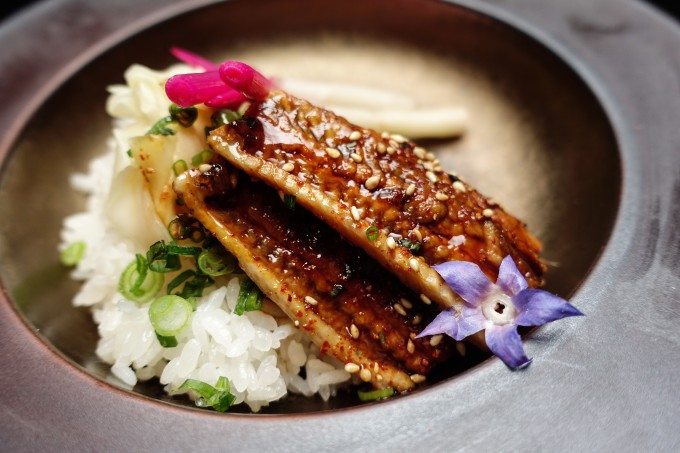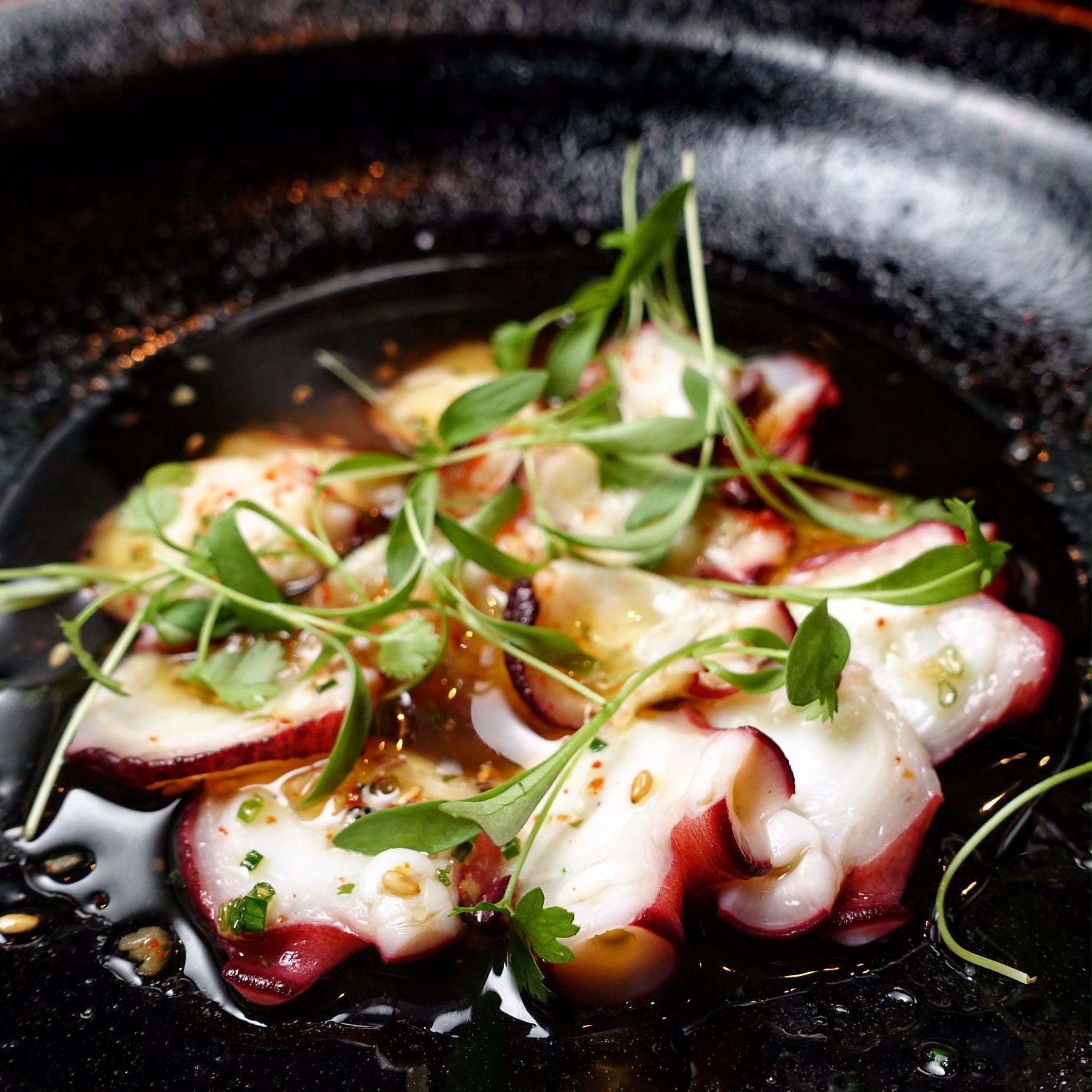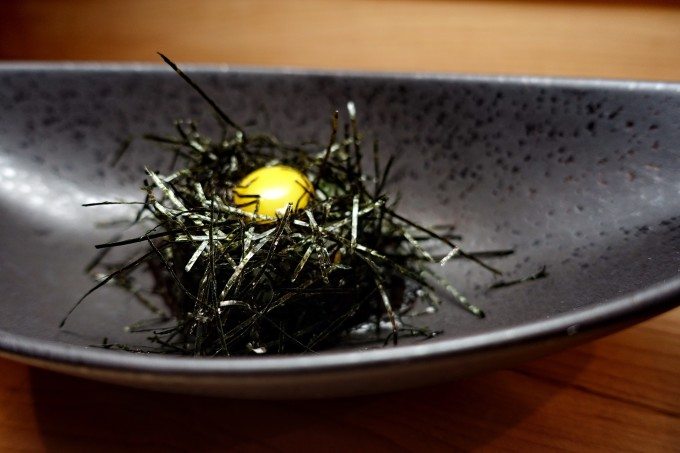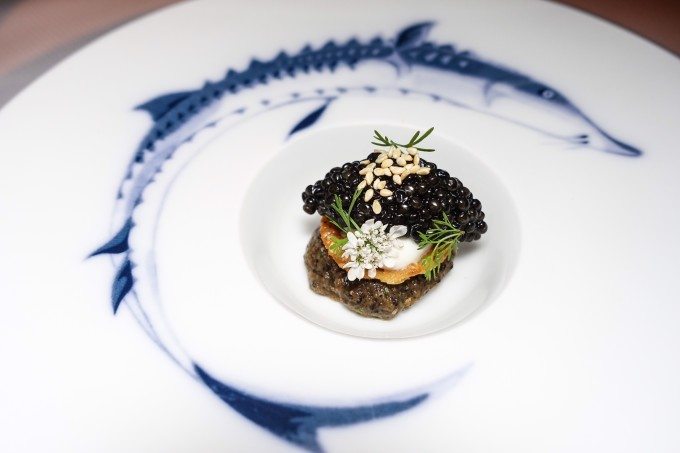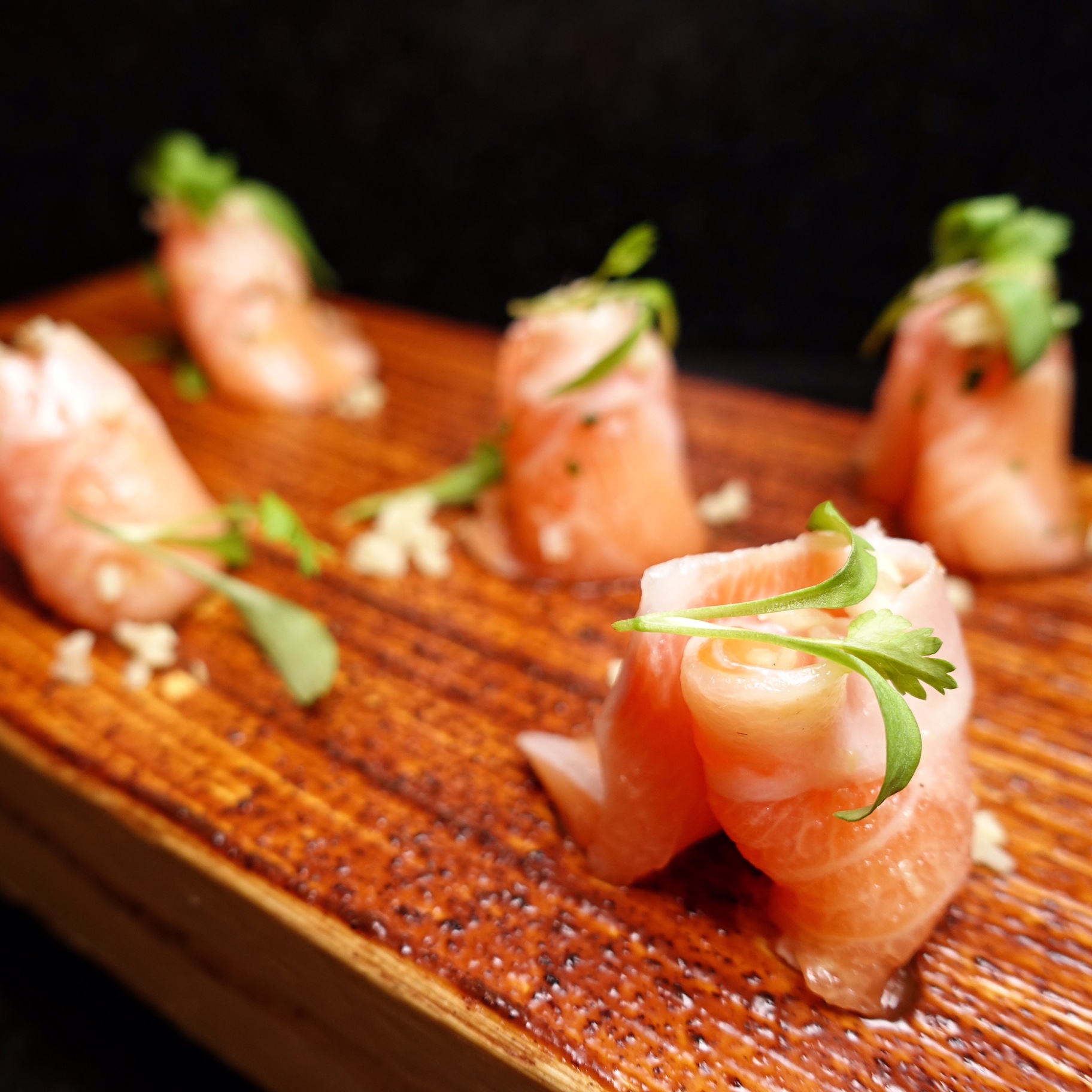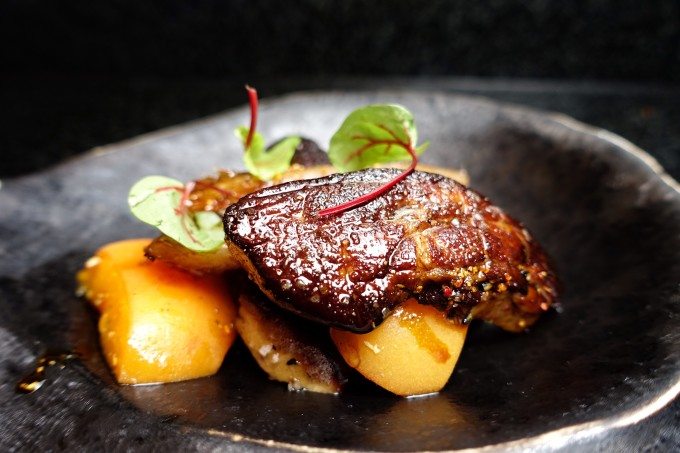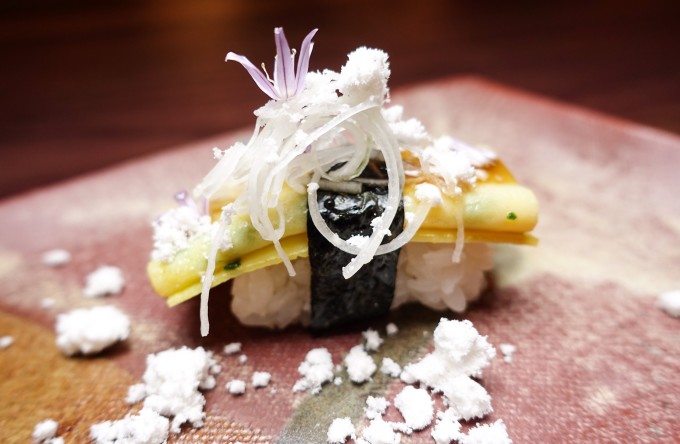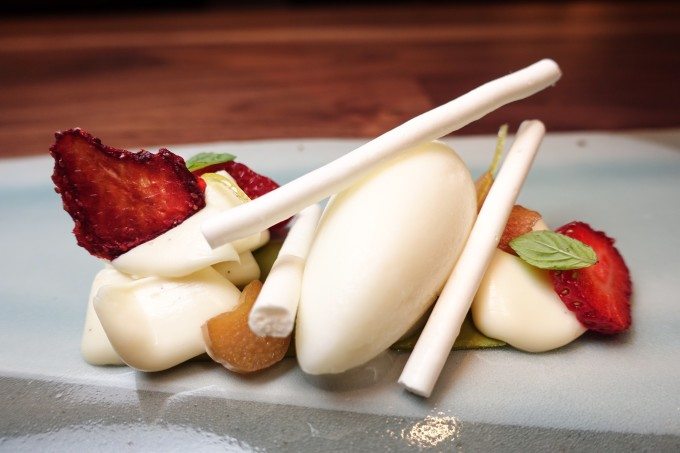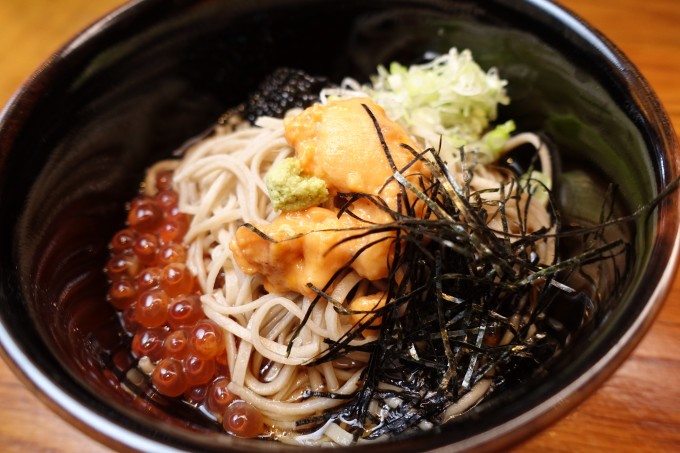Last Updated on 07/27/2015 by Chris Gampat
All photos by Hien H Nguyen. Used with permission.
Being a foodie and a photographer can sometimes feel like a full time job–but for Hien H Nguyen it’s a wonderful life. He’s an investments professional during the day and has always has a big love of both food and photography. His job lets him travel and he’s become buddies with many chefs out there. But beyond this, he’s also a trained photographer even though his only client is himself.
When he sent us an email showing us his incredible food photos, we were seriously captivated. And you’re bound to be also.
Phoblographer: Talk to us about how you got into photography.
Hien: I am an investments professional and also serious hobbyist photographer as well as a foodie. I’ve been doing photography for over 20 years. For the past 5 years, I’ve shot fashion and beauty, and more recently, food. As a hobbyist, all my projects are personal ones. I shoot only what I am passionate about and inspires me.
Phoblographer: How did you learn to do food photography?
Hien: My formal photography education was gained from the fantastic evening workshops offered by the New England School of Photography. I took 6 courses there (focusing on studio, creative lighting, and fashion/beauty). Because of this training, I think I am quite proficient with lighting. I don’t really take photos as much as I make them, given my subject matters.
Phoblographer: To you, what makes for a great food photograph? That is, what do good food photos need to be effective?
Hien: When I construct images, lighting is a primary consideration. I think it is very important to consider the quality, quantity, and direction of light when constructing an image. I will typically use a combination of ambient and added light. I am very comfortable shooting with strobes, speedlights, and reflectors.
Phoblographer: Talk to us about the gear that you use. It seems like there is a lot of flash, soft boxes and bounced flash.
Hien: Like most photographers, I love gear. I’ve been a Nikon user since the beginning and over the years have owned and shot with the Nikon N6006, F5, D1X, D3S, D4, D800E, and now D810. The D810 is my camera of choice for my beauty and fashion photography. I have many lenses but my go to lenses are the 70-200mm f2.8 VR2 and 200mm f2 VR2. Because I trained using Profoto lights in school, I’ve stuck with what I know. My lighting gear consists of Profoto D1, B1, and B2 lights along with numerous light shaping tools.
Phoblographer: Where does your inspiration come from? You’ve got a very wide variety of ideas and looks to your food.
Hien: I’ve been a foodie for about ten years and have been fortunate enough to eat at some of the very best restaurants in the world. In particular, I love Japanese (and Japanese influenced) cuisine. As someone who has heightened sensitivities to aesthetics, I also love courses that are beautifully plated, like works of art. Although I’ve used my iPhone to photograph the food I’ve eaten at restaurants for years now, it’s been only since the start of this year that I decided to try and take more professional looking photos.
All my food photos are of dishes I’ve ordered and enjoyed eating. And all the images are taken tabletop, at the dining table (or bar). It’s hard to take high quality food photos in restaurants because the space is usually cramped and the lighting is either too dark or there are hot spots from the overhead lights, etc.
When I shoot food images while eating in restaurants, typically all the light is my own light and I try to block the ambient light. Because I’m not there to do a formal studio food shoot, I try to be very discreet and use a small pocket camera. The camera I’ve been using is the Sony RX100 III. Besides the high quality images this little pocket camera is able to produce, the two things I love the most about this camera is the minimum focusing distance (5 cm – this really matters when space is confined) and the pop up flash which can be bent upwards by up to 90 degrees. This allows me to bounce the light. I use a small, 12 inch collapsible circular reflector as the reflective surface.
This has been my mini studio setup for the past 7 months while eating in restaurants. As much as I love the Sony, the pop up flash can’t swivel and this creates frustration many times with not being able to create the direction of light I want. I recently bought a Canon G1X II along with the Nissin i40 speedlight. This is the smallest setup I can think of that allows me more control of my lighting; the Canon can also focus down to 5 cm, which is a requirement. Of course, being in a restaurant, I want to be as discreet as possible, so as to not disturb other diners.
I am friends with a number of chefs and am a regular at their restaurants. I have great admiration for their skill, creativity, and total dedication to their work. They create beautiful works of art that taste as amazing as they look. My goal when photographing food is to simply portray the dish in the best light and taken from the best angle that I can, given what I can work with. Shooting tabletop, there are inflexibilities that I can’t get around and most of my images are taken from a 45 degree downward angle. In a proper studio setting, I would have much more flexibility. But the lighting consideration will be the same – to try to skim the lighting to show textures, colors, and the interplay of the elements in the composition of the dish. I do almost no styling to the dishes. They are already plated to perfection and I do not want to interfere with the hand of the chef and how he/she has plated the dish.
As a hobbyist, as I mentioned, all my projects are personal ones. I create images only of what inspires me; I am my only client. And beautiful cuisine is one of my great passions.


